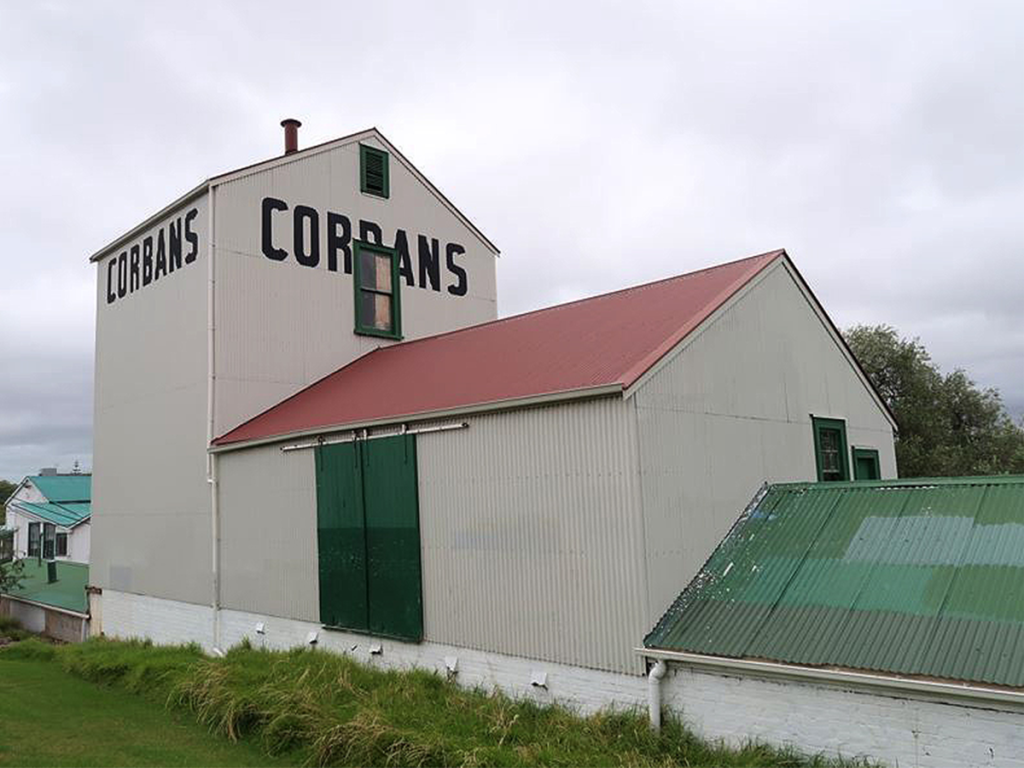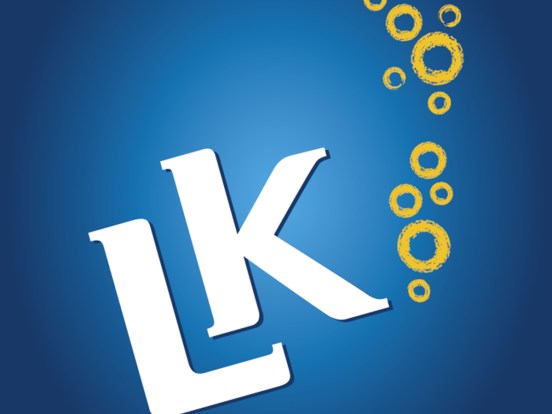Heritage New Zealand Pouhere Taonga has listed the former Corban’s Winery and Mt Lebanon Vineyards near Henderson as a Category 1 historic place, identifying the complex as having outstanding national importance.
The listing incorporates a wide range of significant components connected with the viticultural enterprise established by a Lebanese migrant family.
It also recognises the winery complex’s contribution to a wider historical landscape that incorporates the adjoining waterway Te Wai o Panuku, of great spiritual importance to Te Kawerau a Maki and others.
“The winery and vineyards were founded by pioneer Lebanese winemaker Assid Abraham Corban and his family in 1902 and for seven decades formed the centre of the Corban family’s wine production,” says Heritage New Zealand Pouhere Taonga’s Senior Heritage Assessment Advisor, Martin Jones.
“The winery became the largest wine producer in Aotearoa New Zealand, and the country’s leading wine exporter for many years.
“It reflects important stages in the development of the winemaking industry in New Zealand through the 20th Century, which was nurtured primarily by migrant families from the Mediterranean – including current-day Lebanon, Spain and Croatia.”
The winery and its associated Mt Lebanon Vineyards include the original wine cellar complex, 1920s Corban homestead, the distillery tower with its well known ‘Corbans’ sign visible from Swanson Road, and extended office, bottling plant and despatch facilities.
Warehouses, storage tanks and tank stands also still survive, and the listing additionally includes shelter trees and other historic plantings from the complex’s early years.
Included in the New Zealand Business Hall of Fame, Assid Corban was inspired to seek his fortune overseas after hearing stories of riches amassed by Lebanese emigrants to the New World.
He left Lebanon in 1891 and, after spending a year travelling around mining towns in Australia with his peddlar’s pack, arrived in New Zealand in 1892.
He then worked as a travelling salesman in the Coromandel Peninsula, Waikato and Bay of Plenty serving rural Māori and other communities.
“In 1902, Corban purchased what had probably previously been the earliest smallholding for successful open-air grape production in the Henderson area, and planted his first three-and-a-half acre vineyard in a mix of grapes including Syrah, Meunier and Cabernet Sauvignon, as well as dual-purpose table grapes like Black Hamburgh,” says Jones.
“As well as its proven record of growing grapes, Corban’s 10-acre block was located close to major transport infrastructure including rail and roads; and also adjoined a ready irrigation source, Te Wai o Panuku.”
Corban grew up in a town perched on the flanks of Mt Lebanon, and so naming his enterprise Mt Lebanon Vineyards reflected the strength of his Lebanese cultural connections.
The farm worked along traditional Lebanese lines using the skills and labour of extended family members. The estate worked as a mixed farm model producing fruit and vegetables for family consumption and sale as well as grapes for wine production.
Assid Corban – or ‘AA’ as he was generally known – gained attention as he established his vision.
“Corban’s early winemaking was simple but effective. He crushed the first grapes with a wooden club and an open hogshead was used as the fermenting vat, though by 1908 he was using a simple crusher and two small presses for his first commercial vintage,” says Jones.
“At much the same time he began constructing a three-level wine cellar which was completed in 1907.
“Created by family labour, the cellar has value as a nationally rare early surviving winery building that may be the earliest intact purpose-built winery of private construction in the country.”
The fame of Corban’s wines continued to grow following the 1913-14 Auckland Exhibition where the company competed against other wines from countries in the British Empire.
“Besides their strong commitment to viticulture and wine production in New Zealand, the Corban family also pioneered a number of significant innovations in wine production including refrigeration, stainless steel tanks and temperature-controlled fermentation,” he says.
“Production increased in direct response to its main competitor Montana Wines, and in 1963 Corbans undertook the first major export of New Zealand wine.”
The complex closed in 1992 after being overtaken by Montana and subsumed by the multi-national Rothmans Industries, though a sales and despatch presence was maintained until 2000.
Did you know?
There are six ways you can catch up with The Shout NZ?
Our print magazine – new issue out now! Subscribe here.
Online, updated daily with its own unique content and breaking news.
Our weekly newsletter – free to your inbox! Subscribe here.
Our digital magazines – the latest issues are online now.
We are also on Facebook and Instagram!




